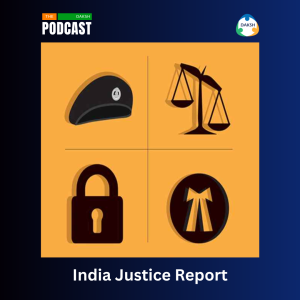

Time and Motion Study
For a judge in a subordinate court in India, each day is a long one, with up to 100 cases listed for issues, evidence and arguments. For litigants, each listing of their case is a hopeful moment. This time and motion study of a judge’s activity in the courtroom, undertaken in four court halls (civil and criminal) in Bangalore, measures the time that a litigant’s case receives from a judge. Many studies have been undertaken across the world to assess the performance of judges in the court room in a single day. In the United States, time-and-motion studies have been conducted to review the amount of time judges spend on activities throughout the day and how many judges are required. 1 Such studies have collected data to create a comparable measure of the amount of time and number of judicial officers necessary for effective case resolution. However, no such study has been carried out in the Indian context. A judge spends her day on several types of matters – not only hearing each case listed, but also on administrative issues outside the courtroom. This study focuses on the time spent by the judge when she is sitting in the courtroom.
RECENT UPDATE


India’s Democracy | Lecture by Rajeev Bhargava

The India Justice Report

Police Violence in Films

-
Rule of Law ProjectRule of Law Project
-
Access to Justice SurveyAccess to Justice Survey
-
BlogBlog
-
Contact UsContact Us
-
Statistics and ReportsStatistics and Reports
© 2021 DAKSH India. All rights reserved
Powered by Oy Media Solutions
Designed by GGWP Design
